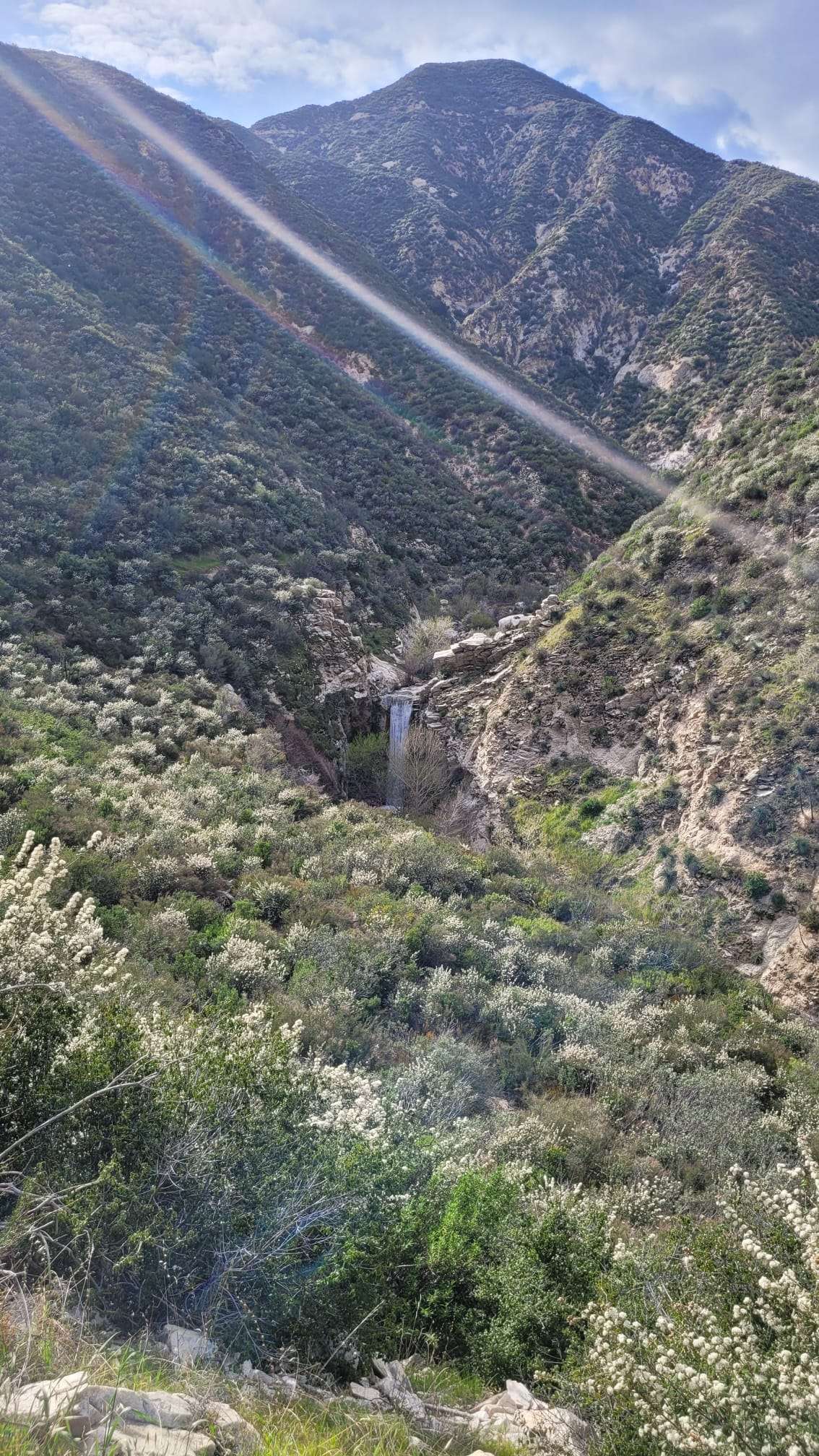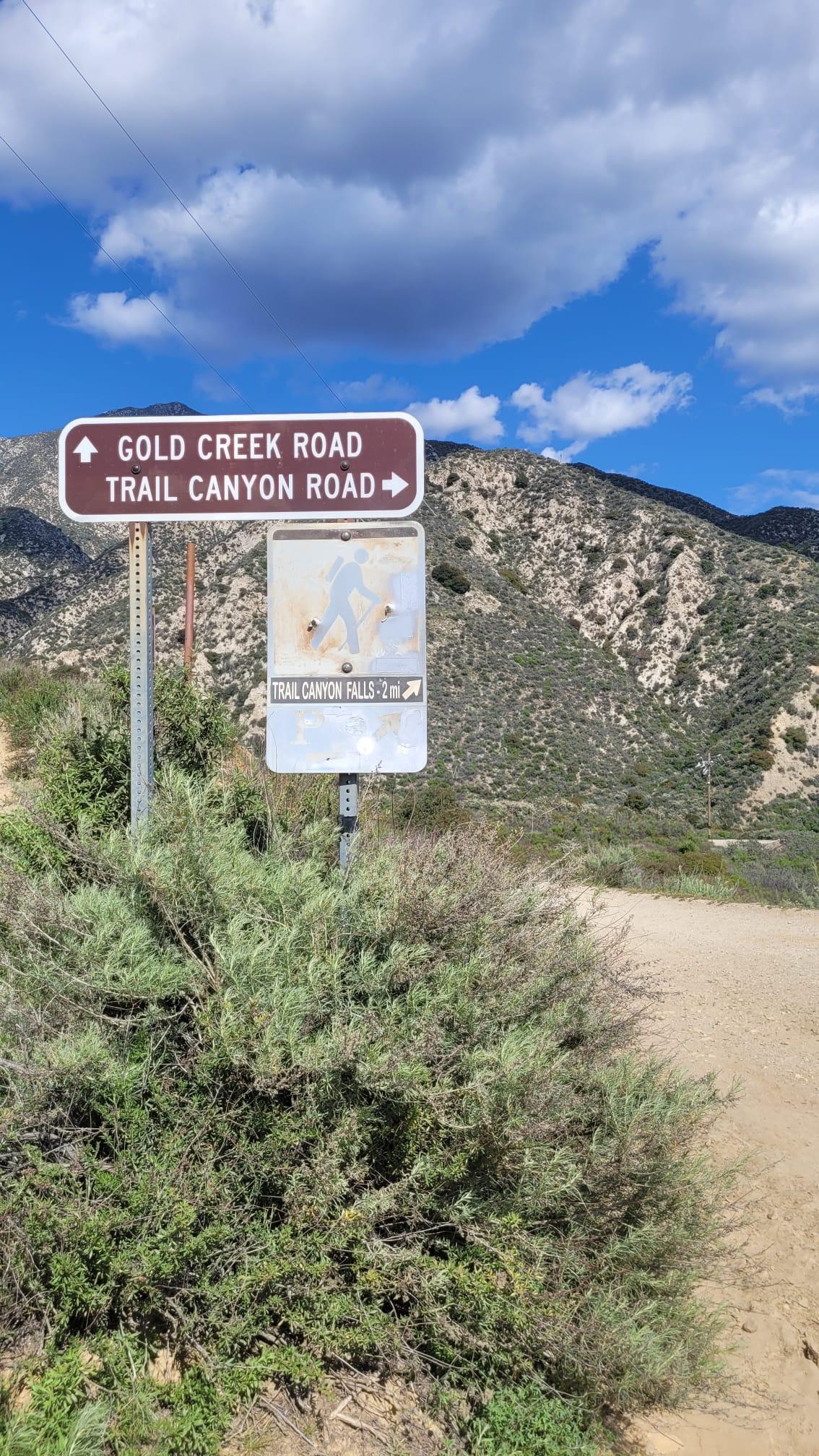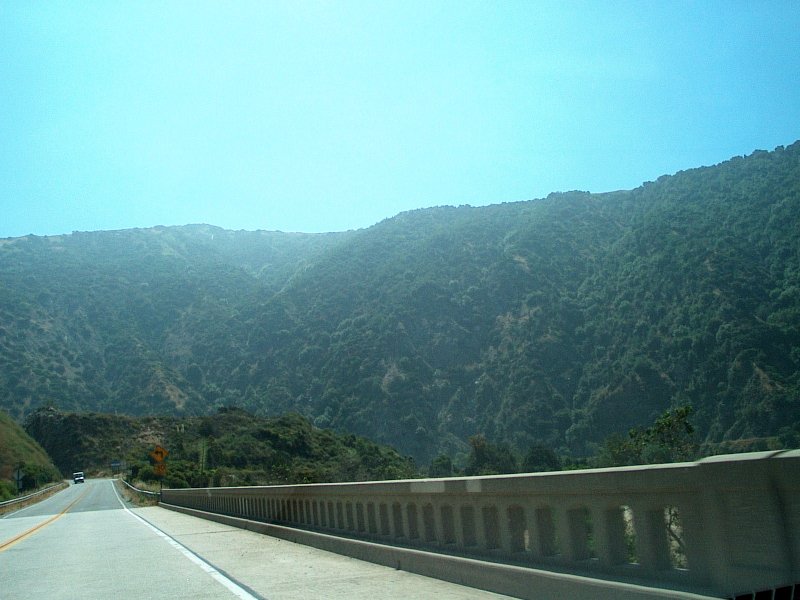The Angeles National Forest, spanning over 700,000 acres in Southern California, offers a unique opportunity to contribute to forest conservation through tree planting initiatives. This guide provides essential information on how to plant a tree in Angeles National Forest, including permit requirements, recommended native species, and volunteer opportunities. By participating in tree planting efforts, you can help restore fire-damaged areas, prevent soil erosion, and enhance wildlife habitats in this vital ecosystem.
What Are the Tree Planting Guidelines for Angeles National Forest?

Before you embark on your tree planting journey in Angeles National Forest, it’s crucial to understand the guidelines and requirements set by the U.S. Forest Service:
Permit Requirements
- Coordination with the U.S. Forest Service is typically necessary for tree planting activities.
- While specific permits for individual tree planting are not detailed, any significant planting efforts usually require approval from the Forest Service.
- Contact the Angeles National Forest office for current permit requirements and authorization processes.
Site Selection Criteria
The Forest Service carefully evaluates potential planting sites based on several factors:
- Ecological considerations
- Environmental impact
- Terrain suitability
- Soil conditions
- Fire damage assessment
- Erosion risk
- Habitat restoration needs
Planting Techniques
While specific techniques for Angeles National Forest are not provided in the available sources, general forestry best practices apply:
- Proper soil preparation
- Planting at the correct depth
- Ensuring adequate watering
- Following guidelines provided by the Forest Service or organizing group
Which Native Tree Species Are Recommended for Planting?

Selecting the right tree species is crucial for successful reforestation efforts. Here are some native California species that could be suitable for planting in Angeles National Forest:
- Coast Live Oak (Quercus agrifolia)
- Evergreen oak native to coastal California
- Drought-tolerant and long-lived
-
Provides habitat for various wildlife species
-
California Bay Laurel (Umbellularia californica)
- Aromatic evergreen tree
- Adaptable to various soil types
-
Supports native pollinators
-
Bigcone Douglas Fir (Pseudotsuga macrocarpa)
- Coniferous tree native to Southern California
- Fire-resistant and drought-tolerant
- Important for erosion control on steep slopes
These native species offer several advantages:
- Adapted to local growth conditions
- Require less maintenance and care
- Provide ecological benefits such as shade and wildlife habitat
- Contribute to soil stabilization and erosion prevention
To find these native species for planting, check with local nurseries specializing in California native plants. Availability may vary depending on the season and nursery stock.
How Can I Participate in Volunteer Tree Planting Events?
Participating in organized tree planting events is an excellent way to contribute to forest conservation efforts. Here’s what you need to know about volunteer opportunities in Angeles National Forest:
Finding Scheduled Events
- Check the official Angeles National Forest website regularly for upcoming events.
- Contact the visitor center for information on tree planting initiatives.
- Look for announcements from local conservation groups and community organizations that partner with the Forest Service.
Registration Process
To participate in a tree planting event:
- Contact the Forest Service or the organizing volunteer group directly.
- Follow their specific registration procedures, which may include:
- Filling out an online form
- Signing up in person at a designated location
- Registering via phone or email
Costs and Requirements
- Registration is often free, but some events may have a small fee to cover materials or transportation.
- Participants are typically required to:
- Sign a liability waiver
- Bring their own water and snacks
- Wear appropriate clothing and footwear for outdoor work
What Amenities and Facilities Are Available for Tree Planting Participants?
When participating in a tree planting event in Angeles National Forest, it’s important to know what amenities and facilities are available:
Parking and Accessibility
- Designated parking areas are usually provided near the event site.
- Accessibility varies depending on the location within the forest:
- Many areas have accessible trails and facilities.
- Remote planting sites may have limited accessibility.
On-Site Resources
Participants can typically expect the following resources:
| Resource | Description |
|---|---|
| Restrooms | Basic facilities are often available at trailheads or nearby campgrounds |
| Picnic Areas | Some locations offer tables for breaks and lunch |
| Water Stations | Organizers may provide water refill stations (bring your own bottle) |
| Educational Materials | Guides on proper planting techniques and local ecology |
| Tools | Shovels, gloves, and other necessary planting equipment are usually provided |
Safety Considerations
- Sun protection (hat, sunscreen, sunglasses)
- Sturdy, closed-toe shoes
- Long pants and sleeves to protect against poison oak and insects
- First-aid kits (usually available with event organizers)
What Long-Term Impact Does Tree Planting Have on Angeles National Forest?
Tree planting initiatives in Angeles National Forest contribute significantly to the ecosystem’s health and resilience:
Ecological Benefits
- Habitat Restoration: Newly planted trees provide homes and food sources for various wildlife species.
- Soil Stabilization: Tree roots help prevent erosion, especially in areas affected by wildfires.
- Carbon Sequestration: Growing trees absorb carbon dioxide, contributing to climate change mitigation.
Forest Regeneration
- Accelerates natural forest recovery processes
- Helps maintain biodiversity by reintroducing native species
- Enhances the forest’s ability to withstand future environmental stresses
Community Impact
- Fosters a sense of environmental stewardship among volunteers
- Provides educational opportunities about forest ecology and conservation
- Improves recreational value of the forest for future generations
How Can I Continue Supporting Angeles National Forest After Planting Trees?
Your involvement in forest conservation doesn’t have to end with tree planting. Here are ways to continue supporting Angeles National Forest:
-
Join a Forest Stewardship Program: Participate in ongoing maintenance and monitoring of planted areas.
-
Volunteer for Trail Maintenance: Help keep forest trails accessible and safe for visitors.
-
Participate in Clean-Up Events: Join organized efforts to remove litter and maintain the forest’s beauty.
-
Educate Others: Share your experience and knowledge to inspire more people to get involved in forest conservation.
-
Support Local Conservation Groups: Donate or volunteer with organizations dedicated to protecting Angeles National Forest.
By planting a tree in Angeles National Forest, you’re not just adding greenery; you’re contributing to a vital ecosystem that benefits wildlife, the environment, and the community. Whether you’re participating in an organized event or exploring individual planting opportunities, your efforts make a lasting impact on this treasured natural resource.

